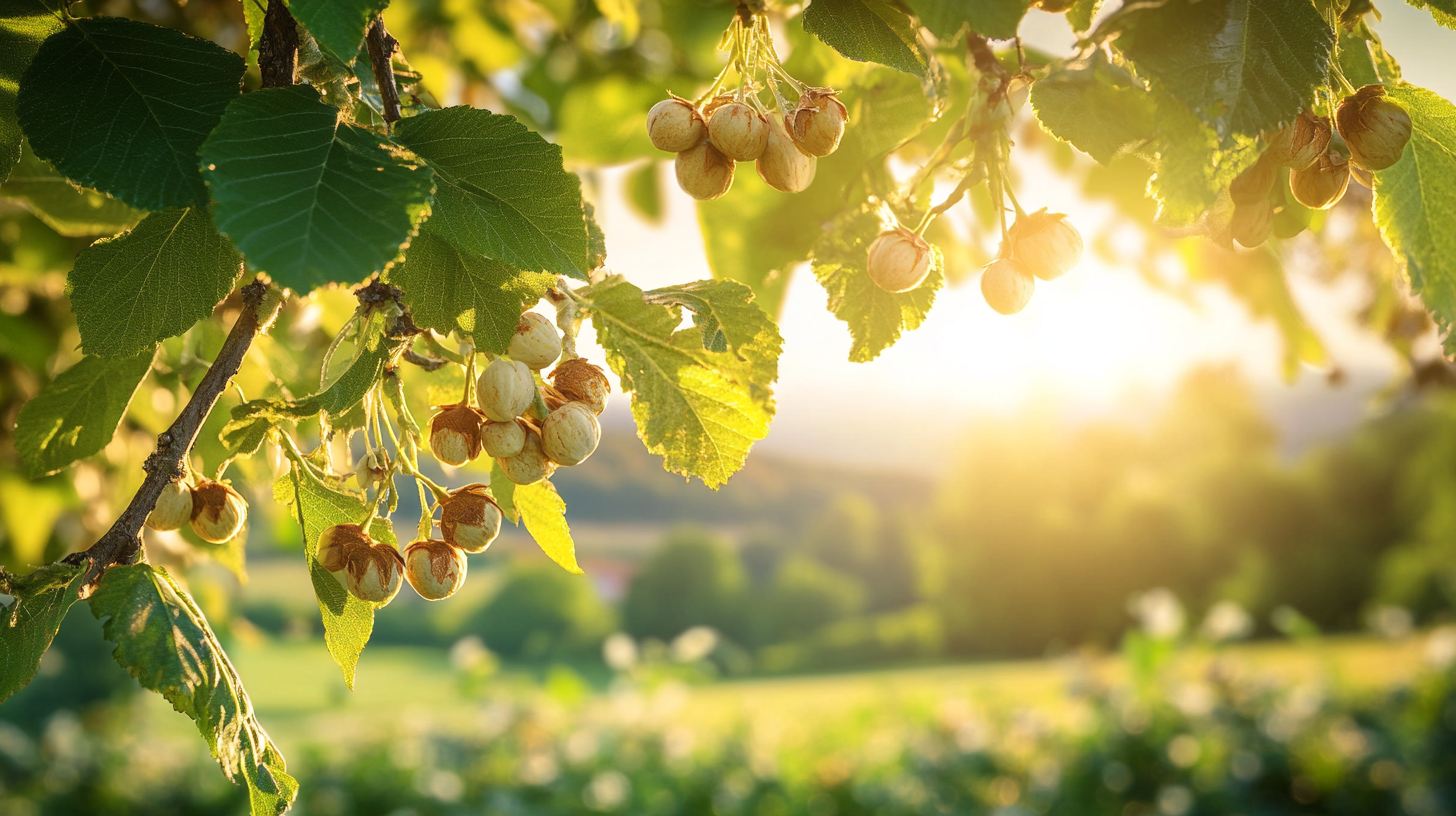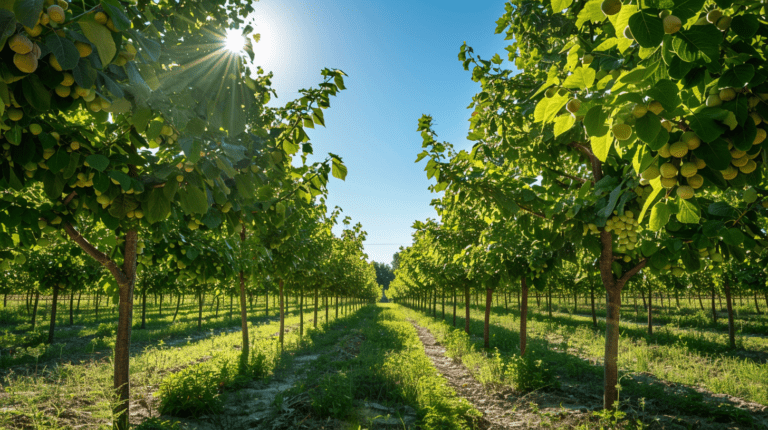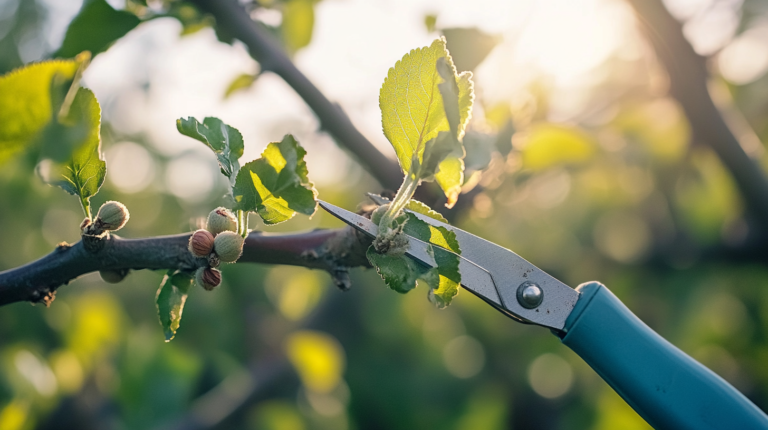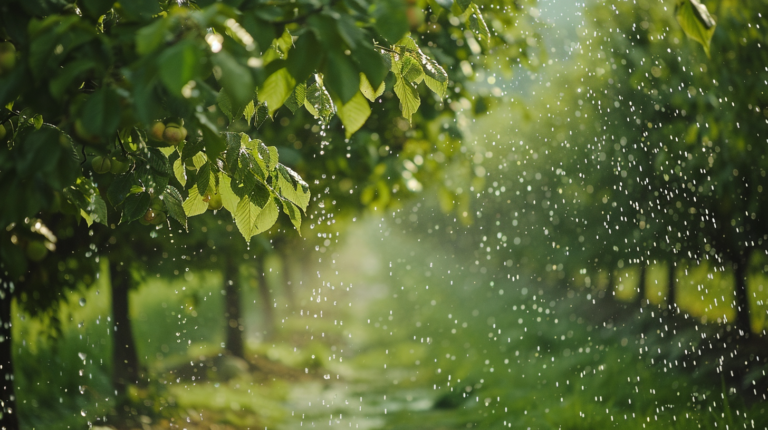Growing a Barcelona Hazelnut Tree: A Step-by-Step Guide
The Barcelona hazelnut tree, known for its high-quality in-shell nuts and adaptability to mild climates, is a popular choice among nut enthusiasts and gardeners alike. This comprehensive guide will walk you through the process of growing and caring for a Barcelona hazelnut tree, from selecting the right location to harvesting your first crop of delicious nuts.
Choosing the Right Location
Selecting an appropriate planting site is crucial for the success of your Barcelona hazelnut tree. These trees thrive in specific conditions:
– Sunlight Requirements: Barcelona hazelnut trees require at least 4-6 hours of direct sunlight daily for optimal nut production5. While they can tolerate partial shade, especially in hot and dry climates, full sun exposure is ideal for maximizing yield.
– Soil Conditions: These trees are adaptable to various soil types but prefer well-draining, slightly acidic to alkaline soil1. A pH range of 5.5 to 7.5 is optimal for hazelnut growth5. If your soil is heavy clay or prone to waterlogging, consider amending it with organic matter to improve drainage.
– Climate Considerations: Barcelona hazelnuts are best suited for mild summers and cool winters, thriving in temperate climates4. They are hardy in USDA zones 4-9, with some varieties capable of growing in zone 35. However, it’s important to note that female flowers are vulnerable to frosts below -5°C, especially when opening4.
– Spacing: Allow ample space for your Barcelona hazelnut tree to grow. Plant trees 15-20 feet apart to ensure proper air circulation and room for growth5.
Planting Your Barcelona Hazelnut Tree
Once you’ve selected the ideal location, it’s time to plant your tree. The best time to plant is during the tree’s dormant period, typically in late fall or early spring1.
- Prepare the planting hole: Dig a hole twice as wide as the root ball and deep enough to accommodate the roots comfortably.
- Plant the tree: Place the tree in the hole, ensuring that the soil line on the tree matches the surrounding ground level. Backfill with soil, gently tamping down to remove air pockets.
- Water thoroughly: After planting, water the tree deeply to help settle the soil and eliminate any remaining air pockets.
- Mulch: Apply a 2-3 inch layer of organic mulch around the base of the tree, keeping it away from the trunk to prevent rot1.
Pollination Requirements
Barcelona hazelnut trees are monoecious, meaning they have both male and female flowers on the same tree. However, they are self-incompatible and require cross-pollination for nut production5. To ensure successful pollination, plant at least two different hazelnut varieties within 50 feet of each other. Recommended pollinizers for Barcelona include Hall’s Giant, Tondo Di Giffoni, and Lewis4.
Watering and Irrigation
Proper watering is essential for the health and productivity of your Barcelona hazelnut tree:
- Young trees: Water regularly during the first two growing seasons, ensuring the soil remains consistently moist but not waterlogged15.
- Established trees: Once established, Barcelona hazelnuts have moderate drought tolerance. However, they still benefit from regular watering, especially during dry spells1.
- Irrigation: Aim for about an inch of water every 10 days during the growing season5.
Fertilization and Soil Management
Barcelona hazelnut trees benefit from annual fertilization to support healthy growth and nut production:
- Soil testing: Conduct a soil test before applying any fertilizer to determine specific nutrient needs.
- Balanced fertilizer: Apply a balanced, slow-release fertilizer in early spring before new growth begins1.
- Organic matter: Incorporate compost or well-rotted manure into the soil around the tree to improve soil structure and nutrient content.
- pH adjustment: If necessary, amend the soil with lime to raise pH or sulfur to lower it, maintaining the optimal range of 5.5-7.5.
Pruning and Training
Proper pruning is crucial for maintaining the health, shape, and productivity of your Barcelona hazelnut tree:
– Initial training: During the first few years, focus on establishing a strong structure:
- For a tree form: Select 3-5 main scaffold branches and remove lower branches to create a clear trunk5.
- For a bush form: Allow multiple stems to develop from the base, removing only damaged or crossing branches1.
– Annual maintenance: Prune annually during late winter or early spring when the tree is dormant:
- Remove dead, diseased, or damaged branches.
- Thin out crowded areas to improve air circulation and sunlight penetration.
- Cut back any water sprouts or suckers growing from the base of the tree1.
– Rejuvenation pruning: As the tree ages, consider removing older, less productive wood to stimulate new growth1.
Pest and Disease Management
While Barcelona hazelnut trees are generally hardy, they can be susceptible to certain pests and diseases:
– Common pests:
- Eastern filbert blight
- Filbert worm
- Big bud mite
– Disease prevention:
- Maintain good air circulation through proper pruning.
- Remove and destroy any infected plant material.
- Consider applying fungicides if eastern filbert blight is a concern in your area.
– Integrated pest management: Implement a combination of cultural, biological, and chemical controls as needed to manage pests effectively.

Harvesting Barcelona Hazelnuts
The anticipation of harvesting your own Barcelona hazelnuts is one of the most rewarding aspects of growing these trees. Here’s what you need to know:
– Harvest time: Barcelona hazelnuts typically ripen in early autumn, usually from September to October4.
– Signs of readiness:
- The husks surrounding the nuts will turn yellow and begin to split open.
- Nuts will start falling naturally from the tree.
– Harvesting methods:
- Ground collection: Allow nuts to fall naturally and collect them from the ground daily.
- Manual harvesting: Gently shake branches to encourage ripe nuts to fall onto tarps spread beneath the tree.
- Remove nuts from their husks immediately after collection.
- Dry the nuts evenly for a couple of days to prevent mold growth3.
- Store dried nuts in a cool, dry place or refrigerate for longer shelf life.
Long-term Care and Maintenance
To ensure the longevity and productivity of your Barcelona hazelnut tree, consider these long-term care strategies:
– Soil health: Maintain soil fertility through regular addition of organic matter and proper pH management.
– Mulching: Replenish mulch annually to conserve moisture, suppress weeds, and regulate soil temperature.
– Irrigation: Install a drip irrigation system for efficient water delivery, especially in drier climates.
– Frost protection: In areas prone to late spring frosts, consider using frost cloths or sprinkler systems to protect vulnerable flowers.
– Companion planting: Introduce beneficial plants nearby to attract pollinators and deter pests.
Sustainability Considerations
As the hazelnut industry grows, there’s an increasing focus on sustainable farming practices:
- Implement water conservation techniques, such as mulching and efficient irrigation systems.
- Explore organic farming methods to reduce reliance on synthetic pesticides and fertilizers.
- Consider participating in sustainability initiatives or certification programs to promote environmentally friendly practices6.
Growing a Barcelona hazelnut tree can be a rewarding experience, providing you with a bountiful harvest of delicious nuts and a beautiful addition to your landscape. By following this comprehensive guide and adapting to your specific growing conditions, you’ll be well on your way to successfully cultivating your own Barcelona hazelnut tree. Remember that patience is key, as it may take several years before your tree begins producing nuts in significant quantities. With proper care and attention, your Barcelona hazelnut tree will thrive and provide you with tasty nuts for many years to come.
Sources:
[1] https://www.planetnatural.com/hazelnut-tree/
[2] https://news.uoregon.edu/content/hazelnut-researchers-cover-new-ground-sustainable-method
[3] https://www.allotmentonline.co.uk/growing-hazelnuts
[4] https://www.heritagefruittrees.com.au/barcelona-hazelnut/
[5] https://gardenerspath.com/plants/nut-trees/grow-hazelnut/
[6] https://www.cardassilaris.com/news/a-look-into-the-hazelnut-industry-recent-developments-potential-markets-and-sustainability-initiatives
[7] https://eu.statesmanjournal.com/story/news/local/2024/10/08/oregon-hazelnut-prices-2024/75468775007/
[8] https://orchardpeople.com/hazelnut-trees-and-truffles/






